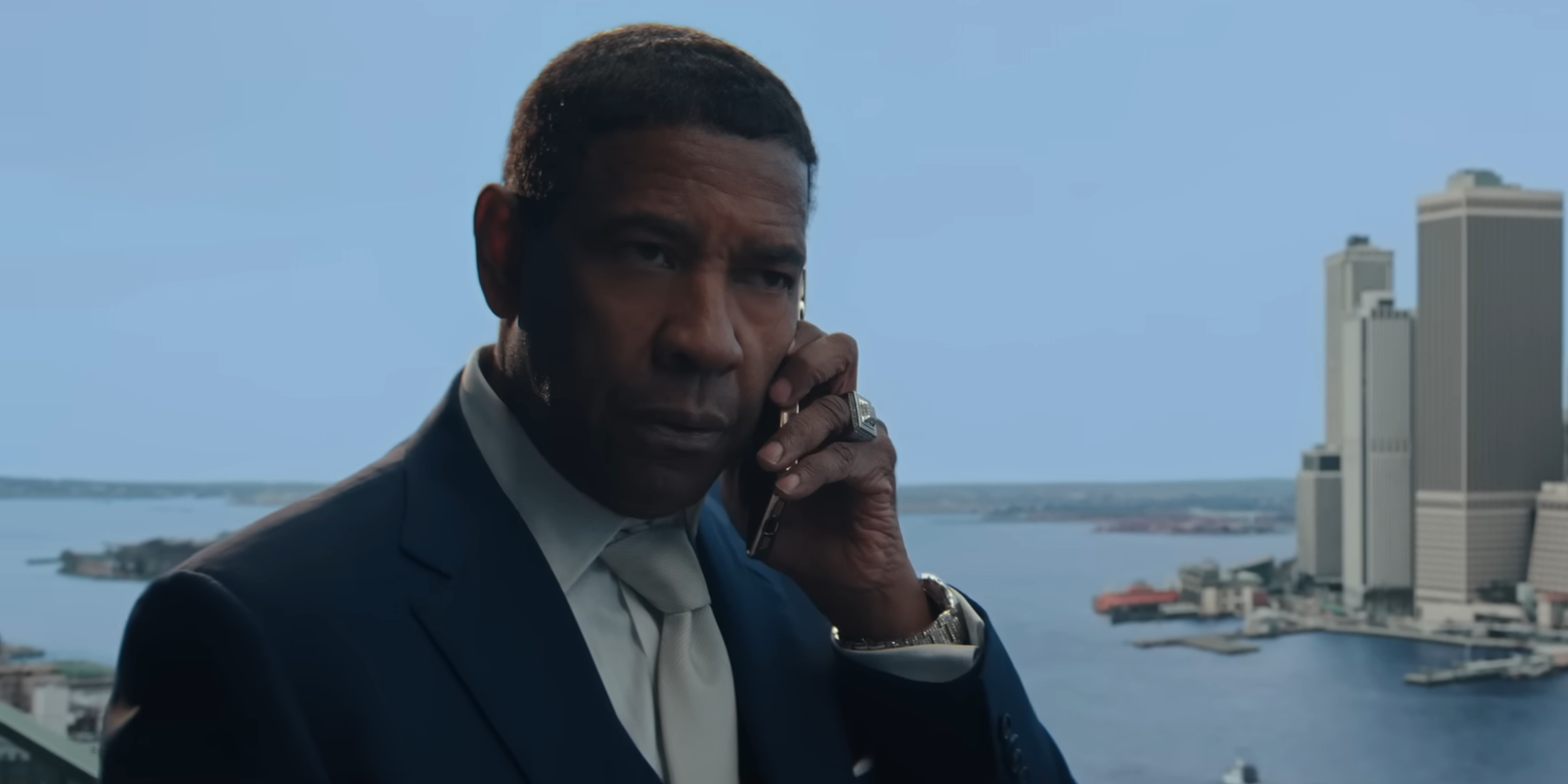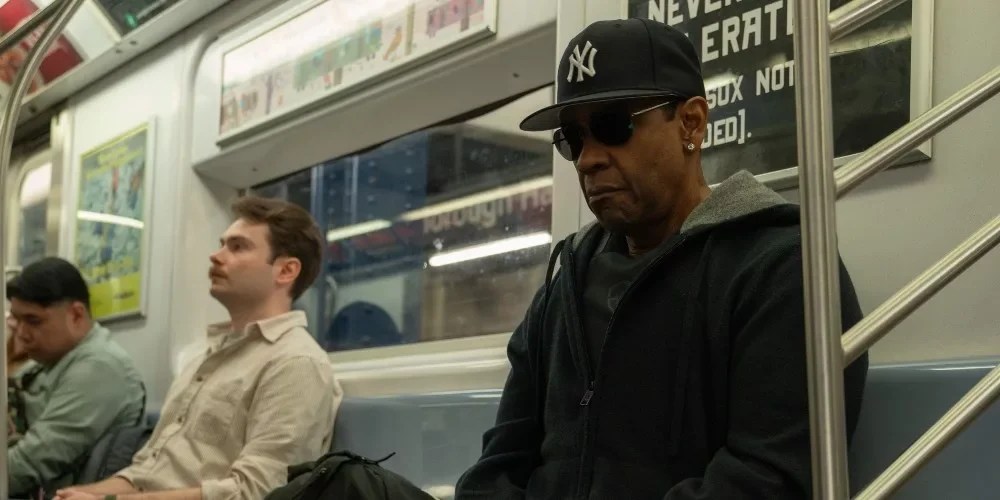Spike Lee’s ‘Highest 2 Lowest’ is a crime drama film that explores the life of a rich man in the music industry named David King, who is threatened after his chauffeur’s son is mistakenly kidnapped by a mysterious man, who believes he has abducted King’s son. The abductor takes the protagonist on a tense ride of ego, class issues, and justice to gain what he thinks he deserves. The narrative delves into the themes of familial ties, class divide, and extortion against the backdrop of New York City and the various secrets it holds. The drama is elevated by thrilling conversational sequences and commentaries on key issues in the urban landscape of the United States, specifically within the African-American community. The film is a modern American take on Akira Kurosawa’s classic, ‘High and Low.’ The tone, ideas, and characters of the film make it an engaging experience.
Highest 2 Lowest Is Partly Inspired by the Works of Akira Kurosawa and Evan Hunter

‘Highest 2 Lowest’ is essentially a tribute to and a modern-day re-imagining of legendary Japanese filmmaker Akira Kurosawa’s ‘High and Low’ or ‘Tengoku to Jigoku.’ Alan Fox’s screenplay for Spike Lee’s directorial reflects the main premise of the Japanese film. It is interesting to note that Kurosawa’s drama film was partly inspired by the novel ‘King’s Ransom’ by Evan Hunter (also referred to as Ed McBain). Thus, the Denzel Washington starrer is a piece of cinema that has two major inspirations. In the novel, the core plot revolves around a businessman who is scheming to take control of a company. However, a threatening call from kidnappers who have kidnapped his son proves detrimental to his plans. The same idea is repeated with certain variations in the Japanese film, and finally in the American film.
The spiritual connection between the three works of art makes them significant, cutting across cultural and linguistic barriers. In an interview with WBUR, Spike Lee opined that Akira Kurosawa was one of the greatest directors of all time. Talking about the film in question, he stated, “This is a reinterpretation. There’s a tradition of jazz musicians doing their own reinterpretations of standing classic songs. So I took the approach. I’m a jazz musician. My father’s a great jazz musician, Billy Lee, so we were reinterpreting a great standard. That was the mindset.” This statement proves that the director wanted to reinterpret the Japanese film, but also wanted to add his own flavor and culture to it. Both the sources of inspiration and Spike Lee’s film fall under the umbrella of social issues narrated through a kidnapping plot, which adds authenticity.
The Story is a Poignant Reflection on the Issues Surrounding Class Divide in Modern America

The nucleus of the story lies in its scenes of interaction and confrontation between David King and the kidnapper, who is called “Yung Felon.” The dynamics between the two men on opposite sides of the kidnapping and class divide create suspense and add credibility to the portrayal of issues in the film. David King thinks from the perspective of a rich man, whose morality is also decided by wealth, but Yung Felon tests the protagonist’s morality when he reveals the intentions behind his kidnapping of the young boy. In a pivotal line from the movie, the kidnapper says that he has a wife and kid to feed, which points to the desperation that led him to commit a crime. He also tries to assert his authority on the main character, realizing that the rich people only listen to the troubles of others when there is something that threatens them.
According to a report from the Congressional Budget Office (CBO) in 2024, wealth inequality in the United States significantly increased since 1989. The report also reveals that the wealthiest 10 percent of families possess 60 percent of America’s wealth, whereas the bottom half own just over 6 percent. The situation is made more complicated because the richest 1 percent of Americans hold more than 25 percent of the nation’s wealth. Despite its use of cinematic liberty and language, the film is a poignant take on the kind of economic inequality that exists in the United States presently. The debates between the protagonist and the kidnapper form the nucleus of the philosophical arguments of the film, which is based on very real issues that affect the common citizens of America.
Read More: Is Lifetime’s A Stranger’s Child Based on a True Story?


